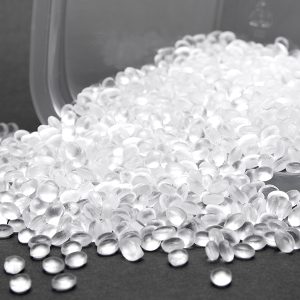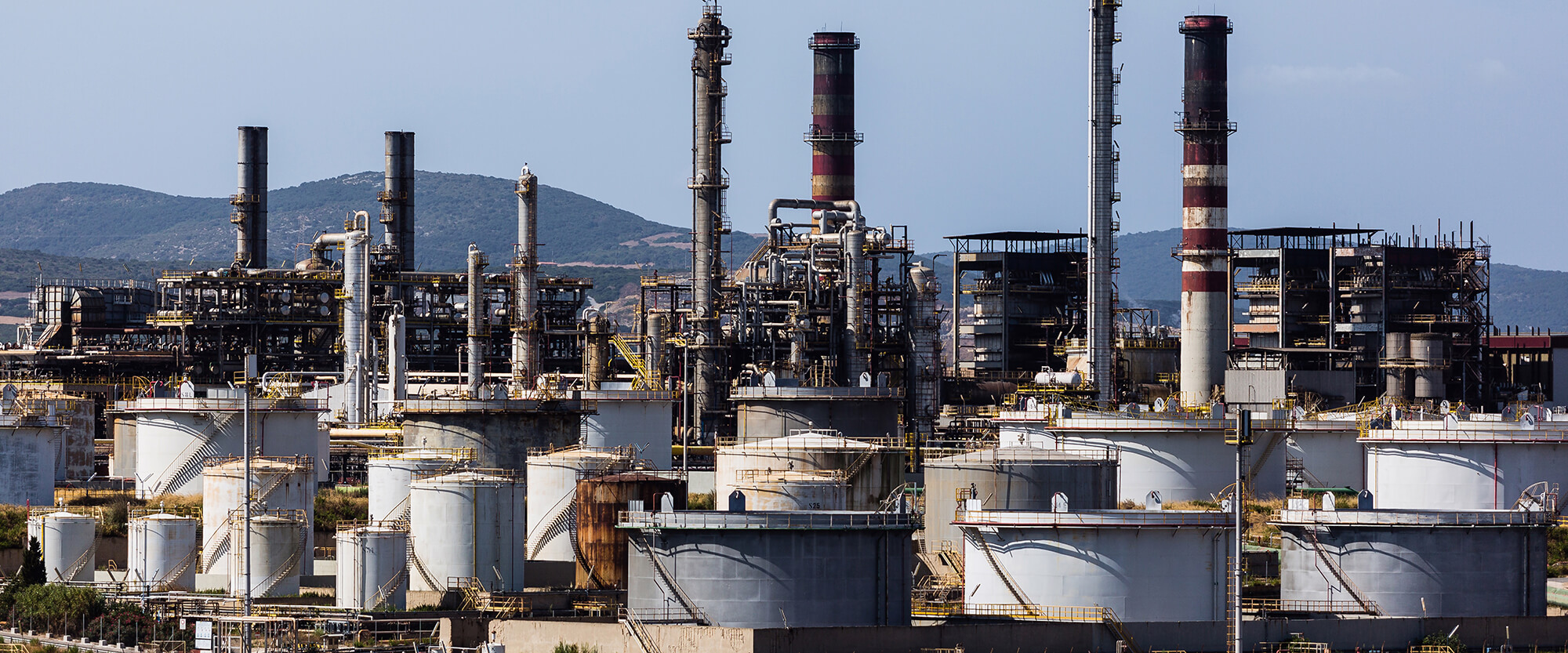High Density Polyethylene HDPE(QHB18)

Specifications
| Item | Qualified product | Test method | ||
| Color grain g/kg pcs, kg | ≤ 30 | SH/T 1541-2006 | ||
| Large and small grains g/kg | ≤ 10 | |||
| Melt mass flow rate g/10min | 4.0~8.0 | GB/T 3682-2000 | ||
| Density, g/cm3 | 0.942~0.948 | GB/T 1033-1986 | ||
| Tensile Strength Yield MPa | ≥ 19..0 | ASTM D638-03 | ||
| Tensile Elongation at Break % | ≥500 | |||
| Bending modulus MPa | ≥650 | GB/T 9341-2000 | ||
| Vicat softening temperature °C | ≥1200 | GB/T 1633-2000 | ||
Packing & Storage
| Packing | Packed in internally coated polypropylene woven bags, and the net content of each bag of product is 25kg | |||||||
| Storage | It shall not be mixed with sand, broken metal, coal, glass, etc. during transportation. Exposure to sunlight or rain is strictly prohibited. It should be stored in a ventilated, dry, clean, and well-maintained warehouse with good fire-fighting facilities. When storing, it should be kept away from the source of fire and prevent direct light. It is strictly forbidden to store in the open air. The storage period generally does not exceed 12 months from the date of production. | |||||||
| Shipping | Sharp tools such as iron hooks are prohibited during transportation, loading, and unloading. During transportation should be kept clean, dry, and equipped with compartments or clothes. It shall not be mixed with sand, broken metal, coal, glass, etc. during transportation. | |||||||
Free Quote
At present, the company has more than 10 advanced production lines of the hollow glass microspheres with the annual production capacity of 15 thousand tons. To meet the demand of customers, the company can expand production capacity as soon as possible within 20 days. 6S principles Implemented in the production systems.
For samples, pricing, or more information, please call us at 0086 25 51192301 or mail to info@ascent-chem.com or fill out the following form. We will respond to you as soon as possible.
Tel: 0086 25 51192301
E-mail: info@ascent-chem.com


General Information
| Common Names | High Density Polyethylene HDPE(QHB18) | |||||||
| Structure | ||||||||
| CAS No. | 9002-88-4 | Boiling Point (℃) | 48-110 °C(Press: 9 Torr) | |||||
| Molecular Weight | 28.05316 | Melting Point (℃) | 131 ℃ | |||||
| Appearance | White Powder | EINECS | 618-339-3 | |||||
| HS Code | 39012000 | Flash Point (ºF) | 270 °C | |||||
| Solubility | Soluble in acetone and benzene | LogP | 1.02620 | |||||
| Safety Phrases | 22-24/25 | ||
| RIDADR | NONH for all modes of transport | ||
| WGK Germany | 3 | ||
| Hazard Codes | Xi | ||
| Hazard Class | 2.1 | ||
| FIRST AID | |
| Inhalation | If inhaled, move the patient to fresh air. If breathing stops, perform artificial respiration. Consult a doctor. |
| Skin | If inhaled, move the patient to fresh air. If breathing stops, perform artificial respiration. Consult a doctor. |
| Eyes | Rinse thoroughly with plenty of water for at least 15 minutes and consult a doctor. |
| Ingestion | Never feed anything through the mouth to the unconscious person. Rinse your mouth with water. Consult a doctor.Consult a doctor. |
With high-purity ethylene as the main raw material, propylene, 1-butene, etc. as the copolymer monomer, and hexane as the solvent, the polymerization is carried out under low-pressure conditions of about 78℃~85℃ and 0.13MPa~0.70MPa using a highly active catalyst, and then dried, mixed, extruded, granulated, sieved, and homogenized to obtain polyethylene particles with a density of 0.940g/cm3~0.970g/cm3.
Frequently Asked Questions
What is High Density Polyethylene HDPE(QHB18) ?
High-density polyethylene HDPE is a plastic made from petroleum. Since this material can be subsequently reshaped by melting and molding, it is classified as thermoplastic polyethylene. Two lengths of material can be welded, but are less receptive to adhesives.
As the name suggests, polyethylene HDPE is denser than other plastic polymers, also known as LDPE. Its crystalline structure is linear rather than branched to form long polyethene chains. Instead, the lack of branching causes its carbon molecules to bind to other hydrogen molecules, which gives the final product better tensile strength. In addition, it also makes HDPE more resistant to acids and alkali.
HDPE did not happen by accident or naturally. A reactant additive called a Ziegler-Natta catalyst induces the lack of divergence during polymerisation. Typically, these catalysts are derived from titanium compounds.
Because HDPE is durable and not prone to chemical reactions, it has various uses in different industries. It can be used as different packaging containers, such as milk and detergent bottles and plastic bags. It is also used in storage systems specially designed to store chemicals and fuels. HDPE can also be used to produce chemical barrier materials such as landfill liners that prevent soil and groundwater contamination. Additionally, one of this material’s most common uses is in producing wood-plastic composites for furniture, flooring, fencing and landscaping.
Regarding environmental impact, while HDPE does not readily biodegrade in landfills, these products can be recycled, albeit losing some of their original strength since the material structure is made of hydrogen and carbon, and high-temperature treatment releases only water and carbon dioxide. However, additives such as flame retardants, UV stabilizers and dyes can produce other toxins.
Contact Us
TEL: 0086 25 51192301
EMAIL: info@ascent-chem.com
EMAIL: sophiahoney247@gmail.com
Copyright © Ascent Sbr All Rights Reserved.

